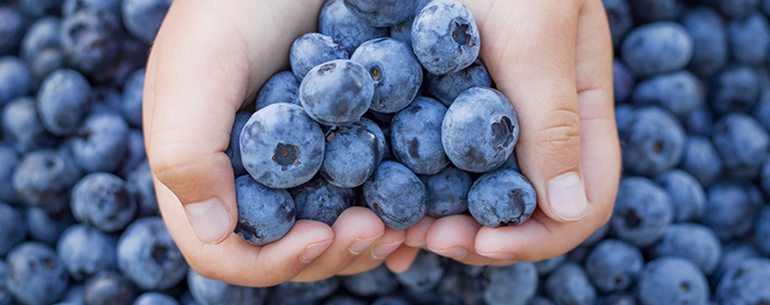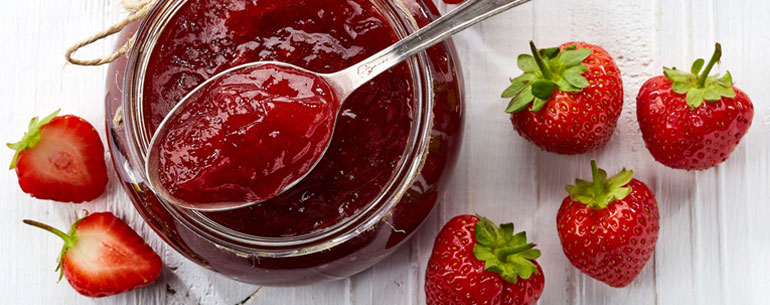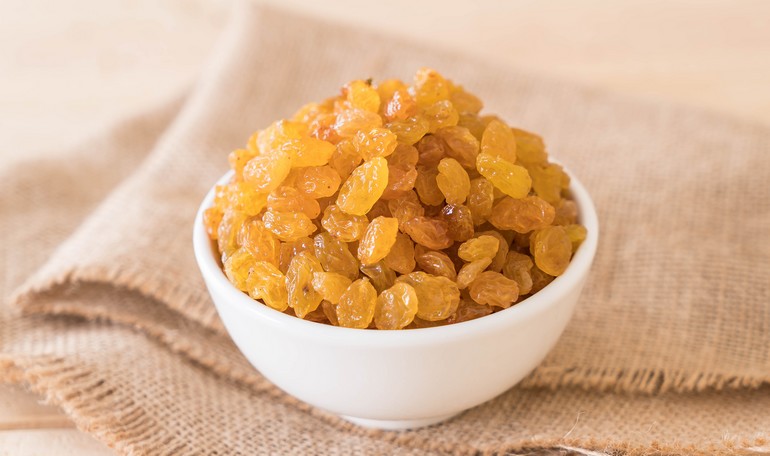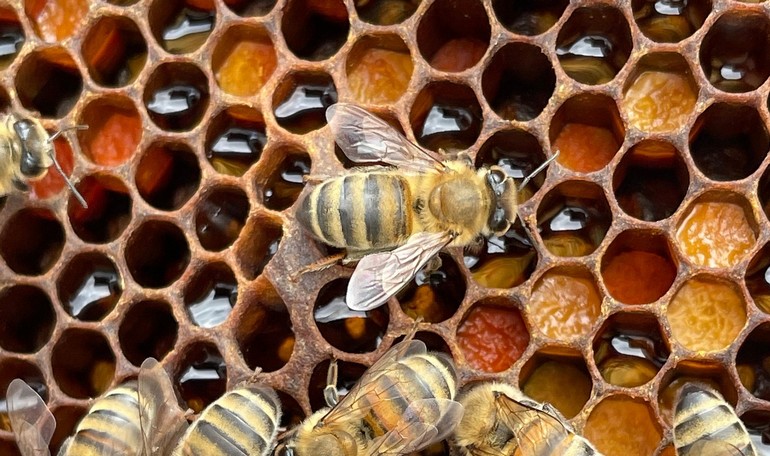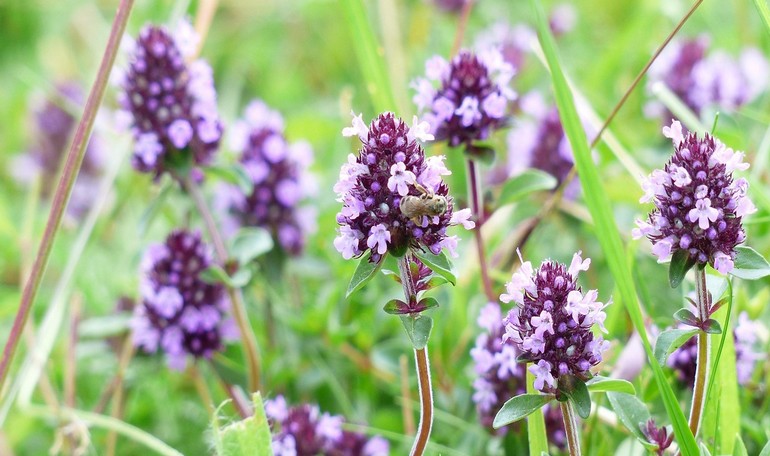The word from the nutritionist
Choose your honey!
Honey is a sweetener rich of nourishing elements as the enzymes, the antioxidants, the amino-acids, the vitamins and the mineral ones.
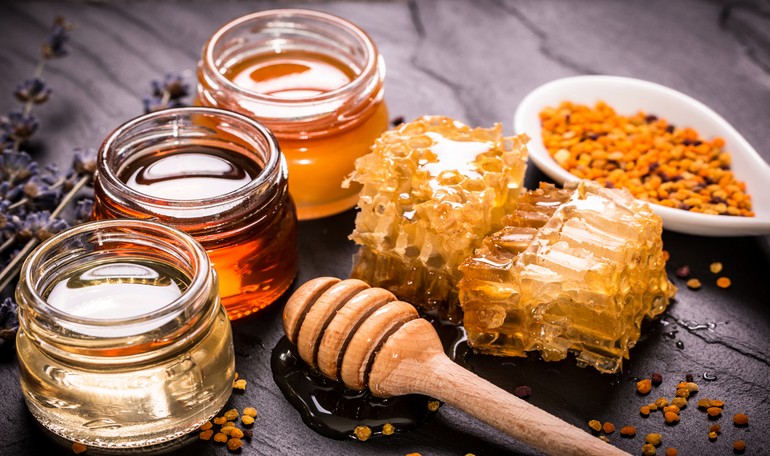
He differs from the sugar for the presence of glucose and fructose separated among them, that allows at the first one to immediately be used as energy and at the second to sustain as a reserve into the liver. Honey, according to the type of flower from which bees suck the nectar, diversify him in taste, smell, colour, crystallization and property. Thousand different varieties of honey exist, but there are some predominant typologies.. let's know them and discover which are their best combinations!
- Acacia’s Honey: it’s drawn by the pseudo acacia locust tree (mimosaceous), it has a really delicate perfume and its taste is vanilla and candied. It stays liquid for a long time, it never crystallizes completely and it introduces him with a clear pale yellow colour. It is a honey that is perfect accompanied with grassy cheeses like the Gorgonzola, the Roman Pecorino, the Tome chees from Piedmont and the Provolone.
- Chestnut Honey: it’s drawn by the flowers of chestnut tree, it is unmistakable for its intense and prickly aroma and its complex taste, not excessively sweet but with bitter aftertaste. For this reason, more than a sweetener, is considered a flavour. It is typically of amber dark colour with red and green tonality in the liquid honey, instead it appears brown at crystallized. For its strong aroma it’s good with lots varieties of cheeses to average aging like Caciocavallo, Tuscan Caciotta, Caprino, Parmesan, Raschera or the Asiago.
- Rhododendron Honey: it has a not constant, expensive and risky production, because it happens only at high-flying, where meteorological conditions are very unstable. Its aroma is very weak and few persistent. At liquid state it’s quite colourless, while when it’s crystallized it varies from the clear beige to white. It is advisable to approach it to cheeses of the north of Italy, soft and tasty, like Bra, Robiola and Vezzena.
- Linden Honey: it advert to more kinds of strong trees, of great dimensions and that can live for lots of year. Their flowers are perfumed and used for fragrances and essences and this honey, from them drawn, it is fresh and rich of aromas. Its colour is very varying in relationship to the frequent presence of honeyed, while sometimes its sweet taste could result slightly bitter. This honey is perfect together with cheeses as the Caprino, the Bitto and the Castelmagno because it allows an exaltation of the taste of them.
- Dandelion Honey: it is a flower that grows anywhere, typically known as "tooth of lion" and that spawns this honey from the strong and penetrating smell. With the alive yellow colour, its taste is not excessively sweet and it has a particularly soft and creamy consistence. It can be tasted together with the Pecorino, the Cacio cheese or the Parmesan, but the winning approach is certainly the one with spicy cheeses or slightly zingy.
- Mixed Flower Honey: as it says the name, it is a honey produced by more types of flowers, it is one of the more communes and more diffused and it has a delicate taste. It’s divided in two typologies: clear-transparent and amber dark, the first one from the most delicate and sweet taste in contrast with the second that is most intense for the palate. Try it together with Fontina, sweet Asiago, Taleggio, Brie or fused cheese!
All these typologies of honey, used as an alternative to the sugar, can sweeten and aromatize not only tea and infusion, but also the milk. Their consumption is recommended to the sportsmen for the contribution of sugars that can be consumed and immediately digested. Besides it is important to don’t forget that honey, commonly known, alleviates the symptoms of cough and of sore throat.
Now it’s your turn… Try and discover which are your favourites!
Published 03 October 2017

